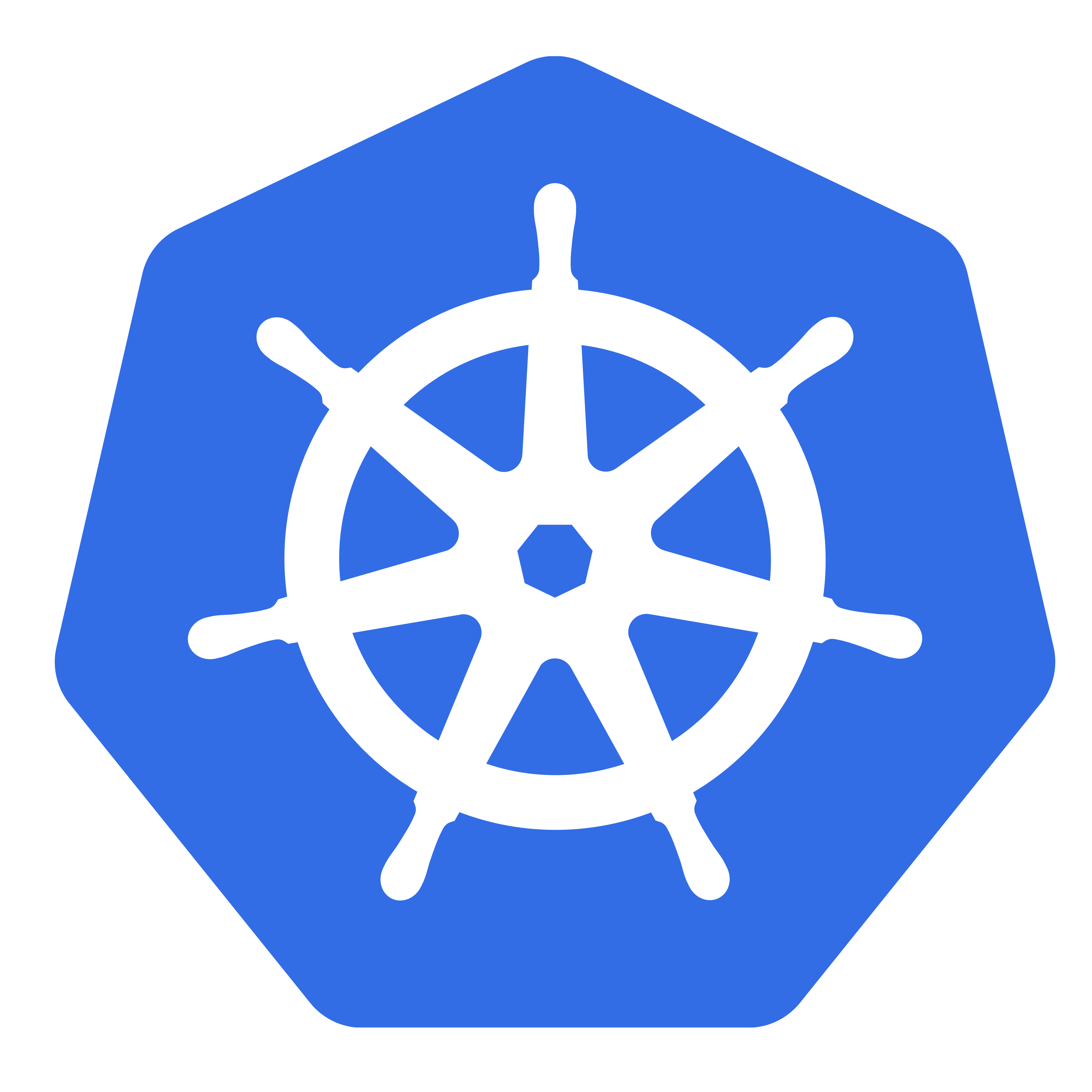By this I mean, I have a powerdns server running in my cluster, I would like Kubernetes to add/update dns entries in my dns server to reflect all services or any domains that would be used within the cluster, this is to fix a current issue I am having, and for general control and centralization purposes.
You want to resolve *.cluster.local addresses outside of the cluster/on your LAN, on that domain? This would only be useful if you can route to them… Right?
So… assuming you can route to them, you probably want to configure your powerdns DNS server to forward requests for this zone to the CoreDNS service in the cluster, which should have a static IP.
No, i want to replace kube-dns and coredns, and some of my applications will resolve the ip at my dns server, then try those ips within the server, but mainly I want to replace the current dns stack due to several issues.
Ok… so your actual issue is with CoreDNS, and you are asking here for a more complicated, custom, untested, alternative?
What is your issue with CoreDNS?
Well, its kube-dns, and it simply, does not work, more specifically, it cannot resolve any external domains, I think it can resolve internal domains but I doubt thats working, but mainly it cant resolve external domains. I posted about it, here: https://lemmy.zip/post/36964791
Recently, it was fixed because I found the correct endpoint, and uhh, now it stopped working, I updated the endpoint to the newer one, but it went back to the original issue detailed in that post.
I’d be surprised if it’s still kubedns… the service name is still kubedns, but there will probably be CoreDNS pods behind it. To debug this, you should first ensure that you can resolve DNS by directly pointing to an external DNS server from a pod, and then from the node if that fails. eg. dig @1.1.1.1 google.com, or host google.com 1.1.1.1. It might be a routing/firewall/nat issue more than DNS, and this would help track that down.
https://pastebin.com/RhU5xtma I cant access any external address including dns servers, so, there is no firewall running on my pi (the master node), I can set the nameserver to be 1.1.1.1 in the pods config and iirc that works, but inside the pod, it doesn’t work, so how do i fix this? You probably need more information so i can share. I am running calico as my CNI
Do you have any NetworkPolicies configured that could block ingress (to kubedns, in kube-system) or egress (in your namespace) ? If any ingress or egress networkpolicy matches a pod, it flips from AllowByDefault to DenyByDefault.
You should also do kubectl get service and kubectl get endpoints in kube-system, as well as kubectl get pods | grep -i dns
spiderunderurbed@raspberrypi:~/k8s $ kubectl get networkpolicy -A No resources found spiderunderurbed@raspberrypi:~/k8s $No networkpolicies.
spiderunderurbed@raspberrypi:~/k8s $ kubectl get pods -A | grep -i dns default pdns-admin-mysql-854c4f79d9-wsclq 1/1 Running 1 (2d22h ago) 4d9h default pdns-mysql-master-6cddc8cd54-cgbs9 1/1 Running 0 7h49m kube-system coredns-ff8999cc5-hchq6 1/1 Running 1 (2d22h ago) 4d11h kube-system svclb-pdns-mysql-master-1993c118-8xqzh 3/3 Running 0 4d kube-system svclb-pdns-mysql-master-1993c118-whf5g 3/3 Running 0 124m spiderunderurbed@raspberrypi:~/k8s $Ignore powerdns, its just extra stuff, but yeah coredns is running
spiderunderurbed@raspberrypi:~/k8s $ kubectl get endpoints -n kube-system NAME ENDPOINTS AGE kube-dns 172.16.246.61:53,172.16.246.61:53,172.16.246.61:9153 4d11h metrics-server 172.16.246.45:10250 4d11h traefik <none> 130m spiderunderurbed@raspberrypi:~/k8s $^ endpoints and services:
spiderunderurbed@raspberrypi:~/k8s $ kubectl get svc -n kube-system NAME TYPE CLUSTER-IP EXTERNAL-IP PORT(S) AGE kube-dns ClusterIP 10.43.0.10 <none> 53/UDP,53/TCP,9153/TCP 4d11h metrics-server ClusterIP 10.43.67.112 <none> 443/TCP 4d11h traefik LoadBalancer 10.43.116.221 <pending> 80:31123/TCP,443:30651/TCP 131m spiderunderurbed@raspberrypi:~/k8s $
Sorry - I totally misread this. You cannot access internet addresses. So it’s a routing or NAT issue, most likely.
I assume you are using k3d for this, btw?
So… on the “server” (eg. docker exec -ti k3d-k3s-default-server-0 – /bin/sh), you should be able to “ping 8.8.8.8” successfully.
If not, the issue may lie with your host’s docker setup.
Not k3d, just plain k3s
I’ve seen external-dns used for cloudflare and it looks to support powerdns as well.
I assume external dns means it will add all the domains like <pod>.<namespace>.svc.cluster.local entries to that, or just <pod>
sorry, i think i misunderstood your original ask. external-dns is more for mapping ingresses/services to dns providers
Know anything that can do what I want?
I’m not sure how powerDNS works but the cleanest method is to make your DNS server also handle your DHCP. Any client that gets an address is automatically given a DNS entry matching it’s name.
Any idea how I do that?
With powerDNS, no. Personally, I use Fedora with podman containers. I have a pihole container utilizing unbound as my roothints resolver so all of my requests are internalized. Pihole has DHCP availability, but I utilize my gateway (Unifi) for DHCP and simply build my local DNS records manually on Pihole as needed.
I’m not sure how many Kubes you actually have, but building a local DNS entry is pretty manageable unless you have a LOT of Kubes automatically deploying themselves.
Could you explain the steps to active your setup? I’m sure I can modify it for powerdns
It’s quite literally how I laid it out. I have a Fedora server with an Unbound container for roothints lookup, and a pihole container for internal DNS sevices. It’s taken a lot of time to get working like any homelab stuff.
I’ve never heard of powerDNS but you may be in a situation where you need to read their docs or try and find other posts or videos of what you’re trying to accomplish. Sorry I wasn’t much more help.

